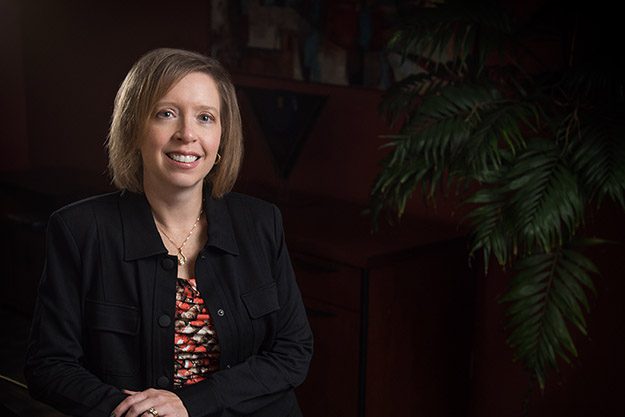Article
Resources
Article
School Surveillance, Safety Concerns, and the ACLU

Schools across the county use a myriad of different surveillance technologies, including school communications monitoring, online monitoring, web filtering, weapon detection systems, and remote video monitoring. According to a survey by the American Civil Liberties Union (ACLU) highlighted in a K-12 Dive article, 87 percent of 14 to 18-year-olds are aware of technologies used by their schools. The question is whether or not these technologies actually improve school safety or undermine a parent’s trust in the school and its teachers.
Schools will often use technology to determine instances of bullying and inappropriate content. Forty percent of the students surveyed by the ACLU said school surveillance made them feel “safe,” while 34 percent said they feel “protected.” However, the ACLU also referenced research from a 2021 Secret Service investigation, which found social media monitoring had minimum impact on stopping premediated school shootings. Rather, a majority of those cases were flagged from observations by the individual’s peers, school employees, or family members. The ACLU noted video cameras were in use in eight out of 10 of the deadliest school shootings over the last two decades and yet still failed to prevent those tragedies. This begs the question of whether these individuals were aware enough of the school surveillance to not use it and instead used other personal social media websites, outside the purview of the school.
While investments in security products in schools and colleges are increasing, these companies often rely on government funding, costing schools little to nothing. The result? The possibility of unsubstantiated efficacy claims from these companies, who end up profiting from selling the technology.
When determining whether or not to use surveillance technology, the following should be considered:
(1) What is the specific identified problem or need?
(2) Is some form of surveillance technology available to improve or solve the problem or can it be addressed by other means?
(3) Is the technology available at a sustainable cost to the school or college?
(4) How effective is it versus how intrusive is it (weigh the pros and cons)?
(5) Do the benefits of implementing the technology outweigh the potential harm of not implementing the technology?
(6) For K through 12 schools, should parents have a say in the implementation of the technology?
(7) What legal considerations apply based on applicable state and local laws?
Students should not have to worry about any aspect of their safety while at school. Unfortunately, the realities of the times are such that safety issues must be addressed. Ultimately, the answers to all of the above questions should be based on what best protects the students by providing as safe of a learning environment as possible.


